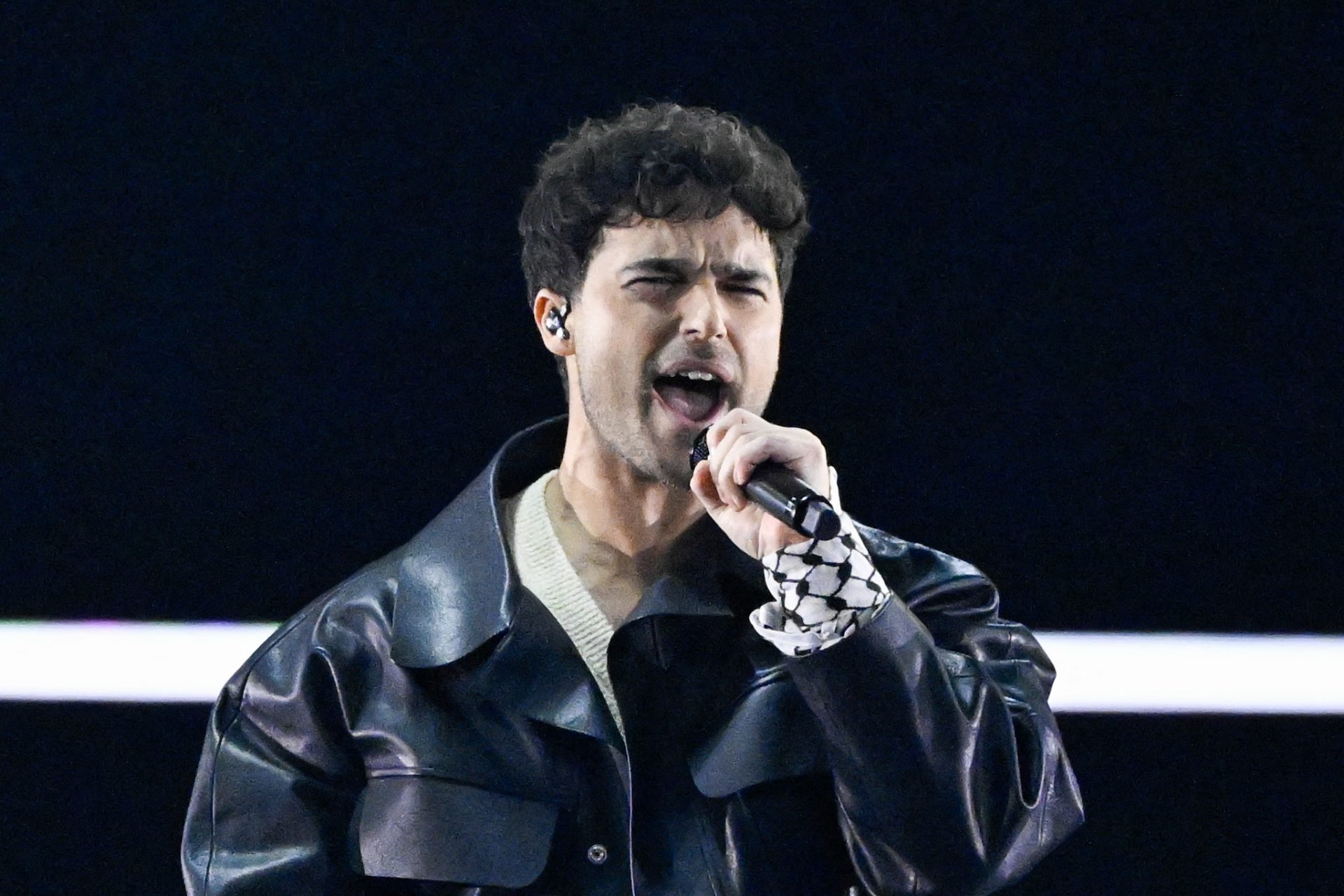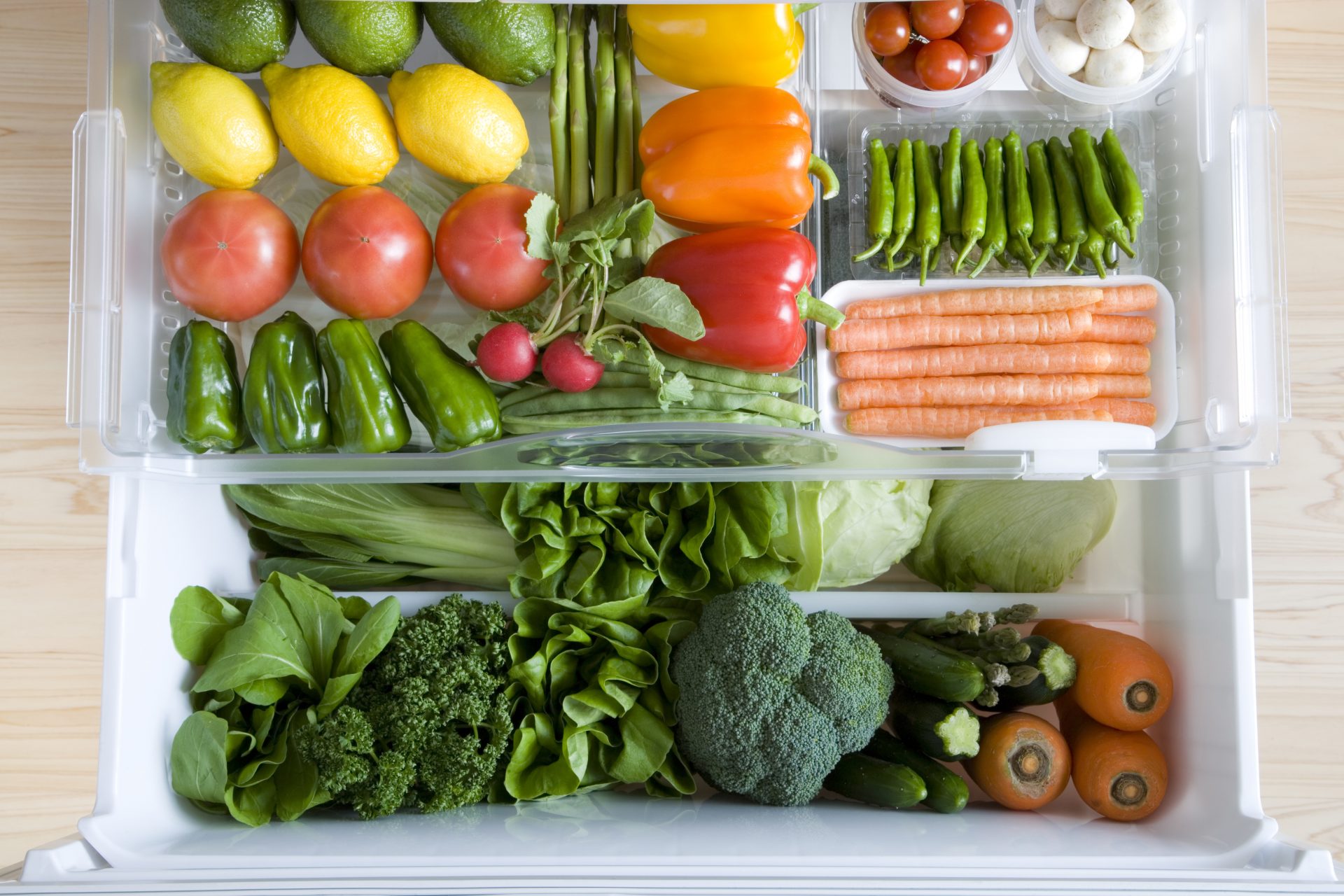COVID-19 in Singapore: overview of measures taken in the third coronavirus outbreak
With the rise in new COVID-19 clusters in Singapore, the island-nation might be heading back into another round of lockdown to control the spread of the virus. This is worrying news, especially considering how the country has done really well in containing the spread during the first wave of the pandemic.
When news of the coronavirus first spread in early 2020, Singapore swiftly restricted people flying in from the Hebei province of China, where the virus originated, from entering the country. Gradually, Channel News Asia noted, the restrictions extended to people of all nationalities who had been in China during their recent travel history.
Once the first local COVID death was reported, the Singaporean government restricted all short-term travellers from entering and transiting through Singapore.
Not long after, Singapore reacted swiftly by enforcing what was termed the ‘Circuit Breaker’ (CB) measure to stop the spread of the coronavirus. The order was executed nationwide in April 2020. Three phases were to be implemented after CB, to gradually open up the country back to normalcy.
(Image: Pixabay)
The measures included mandating non-essential workers to work from home, a mandatory mask-wearing policy, closure of schools and non-essential businesses. The Singaporean government also passed a bill on April 7, banning all social gatherings of any size in both private and public spaces, Channel News Asia reported.
(Image: Pixabay)
To ensure that citizens do not violate any of the measures, the Singaporean government would penalise offenders with a fine not exceeding SGD$20,000, and/or an imprisonment term of up to 12 months -- one of the highest penalties imposed on COVID rulebreakers in the world.
(Image: Pixabay)
The combination of strictly enforced regulations and the cooperation of its citizens allowed Singapore to control the spread of COVID-19 cases in the island-nation.
(Image: Pixabay)
Singapore’s control measures were so effective that it gave the country the reputation of having the lowest case fatality rate in the world, a title that it still holds, being at 0.05% versus the worldwide average of 4.34%.
Singapore has opened up its country up to phase 3 of its planned post-'Circuit Breaker’ measures, which allowed for normalcy to return in the country with certain restrictions still in place.
Singapore’s effective management of the virus has even led to talks of opening up a travel bubble with Hong Kong that was initially due to open in November 2020. However, due to a slight spike in coronavirus cases in Hong Kong and Singapore, the travel bubble’s reopening was rescheduled to May 2021, according to Channel News Asia.
Despite Singapore’s prudent COVID-19 control and containment measures, new variants of the coronavirus still managed to slip into the country, and this has recently caused several new coronavirus clusters to emerge nationwide.
In a bid to control the spread again, the Singaporean government has decided to roll the country back to Phase 2 of post-‘Circuit Breaker’ measures. From The Straits Times, this means restrictions such as limiting the number of people in any single gathering to five, from eight, and limiting the number of people working on-site from 75% to 50% of a company’s total capacity.
(Image: Pixabay)
Currently, Singapore has about 11 active covid clusters (as of 10 May 2021, from The Straits Times). Given how Singapore was quick to get into lockdown mode at the start of the pandemic, many worry that the island-nation will be going back into ‘Circuit Breaker’ mode to contain the spread.
Despite the doomsday worries from many citizens, Education Minister Lawrence Wong optimistically believes that “[Singapore has] a chance of getting things under control by the end of the month," in a ministerial statement to the public, believing that the tighter restrictions now enforced with going back to Phase 2 of the lockdown will help improve Singapore’s current situation greatly.
From a report from The Straits Times on the same address, however, Minister Lawrence Wong also reminded Singaporeans to remain vigilant. He said that “it only takes one lapse or one irresponsible action for an infection to happen; and that infection may end up being a super-spreader event in the community."
With Hari Raya and Vesak day being around the corner, Minister Lawrence Wong's words serve as a stern reminder to many Singaporeans to exercise control, and to responsibly celebrate during the festivities.
From Channel News Asia, the government unsurprisingly rolled back their decision and locked the country down on May 4 to control the spread of COVID-19 in the community by returning to ‘phase 2’ of lockdown. The decision saw a restriction of social gathering numbers for each household visit to be reduced to five from eight, with ‘work-from-home’ as the default, and the closure of gyms and fitness studios.
(Image: pixabay)
The news, although reasonable, was a disappointing one to many Singaporeans who were looking forward to celebrating Hari Raya and Vesak Day with friends and family. From Channel News Asia, this marks the second year that Hari Raya and Vesak Day celebrations have been affected due to COVID-19.
(Image: pixabay)
With the disturbing rise in COVID-19 cases in Singapore, the government then decided to lock the country down further by adding tighter restrictions in the country on 16 May. From The Straits Times, this includes prohibiting all dining-in at eateries and aesthetic services that require masks to be off across the island. Activities like singing and the playing of wind and brass instruments have also been banned under the new measure.
Schools in Singapore have also been forced to close in mid-May with the rise in several COVID-19 clusters in several educational institutions, CNBC reports. According to Health Minister Ong Ye Kung, this is a response to a concern that schoolchildren were more susceptible to the new B.1.617 strain that has been spreading across schools.
(Image: pixabay)
In addition to the new measures, the Singapore government has also made it compulsory that anyone with signs of a respiratory infection have to undergo double testing by having to undergo an antigen rapid test after undergoing the standard polymerase chain reaction tests, according to The Straits Times.
The Straits Times further reports that the new measures will be in effect until June 13. However, since the rise in new COVID-19 clusters in the nation, the Singaporean government has extended the measure till June 21, Channel News Asia reports.
(Image: pixabay)
Despite the country having reopened after June 21, there are still some new measures put in place to control and minimize the spread of COVID-19. Particularly, instead of allowing up to 5 to dine together, people are only allowed to dine together in pairs. The new measures also prohibit eateries from playing music in their establishments to reduce COVID-19 transmission from diners talking loudly, according to Channel News Asia.
From The Straits Times, schools reopened on 28 June with a staggering attendance and timetable policy in place for every institution, in order to limit the risk of another superspreader event.
(Image: pixabay)
Unfortunately for some, certain recreational facilities such as water parks and campsites remain closed off to the public. According to Channel News Asia, in-person wedding receptions have also been banned till further notice.




































